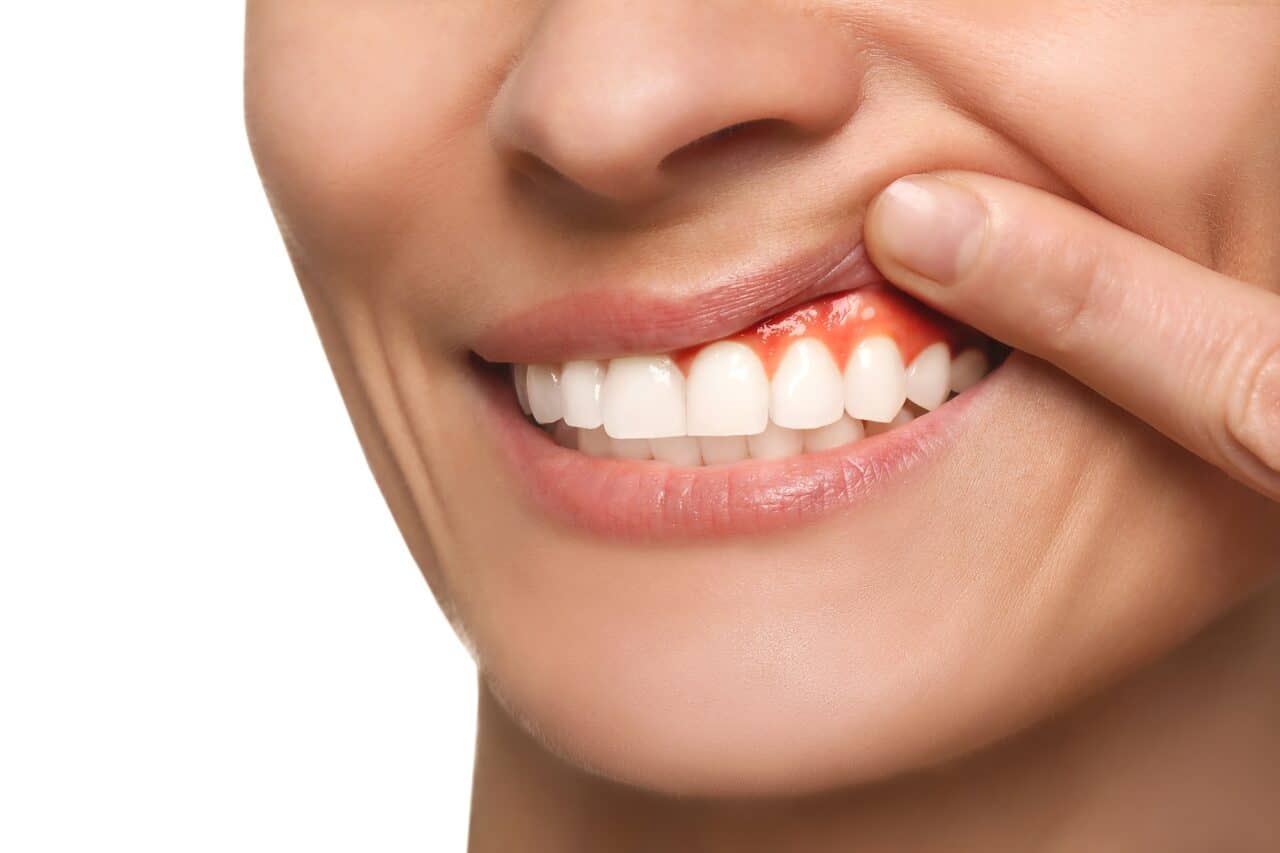Have you ever noticed your gums feeling tender, swollen, or even bleeding after what seems like a routine flossing session? You’re not alone. Inflamed gums after flossing is a common concern that leaves many people wondering if they’re doing more harm than good with their oral hygiene routine. While flossing is essential for maintaining healthy teeth and gums, understanding why inflammation occurs—and how to prevent it—can make the difference between a painful experience and an effective cleaning routine. Whether you’re new to flossing or have been struggling with persistent gum sensitivity, this comprehensive guide will help you understand the causes of gum inflammation, master proper flossing techniques, and maintain optimal oral health for a confident, pain-free smile.
Understanding Inflamed Gums After Flossing
When gums become inflamed after flossing, it can be concerning and uncomfortable. This common dental issue manifests as redness, swelling, tenderness, and sometimes bleeding of the gum tissue. While some temporary sensitivity is normal when starting a flossing routine, persistent inflammation may indicate underlying issues that need attention.
What Causes Gum Inflammation?
Gum inflammation occurs when bacteria and plaque build up between teeth and along the gumline. Your body responds to these irritants by increasing blood flow to the area, leading to swelling and tenderness. While flossing helps remove these irritants, improper technique can sometimes worsen inflammation.
Common Causes of Inflamed Gums
• Aggressive flossing technique
• Inconsistent oral hygiene habits
• Plaque and tartar buildup
• Reaction to dental products
• Underlying gum disease
• Medical conditions affecting oral health
The Impact of Flossing Technique
Using excessive force or incorrect movements while flossing can traumatize delicate gum tissue. The proper C-shaped flossing motion allows for effective cleaning without causing unnecessary irritation or damage to your gums.
Prevention and Treatment Strategies
Proper Flossing Technique
1. Use 18 inches of floss, wrapping most around middle fingers
2. Hold 1-2 inches taut between thumbs and forefingers
3. Curve floss in a C-shape around each tooth
4. Gently slide up and down, not forcing into gums
5. Use clean sections of floss for each tooth
Additional Prevention Tips
• Floss daily at the same time
• Choose waxed floss for easier gliding
• Consider water flossers for sensitive gums
• Use alcohol-free antimicrobial mouthwash
• Maintain regular dental check-ups
When to Seek Professional Help
Contact a dental professional if you experience:
• Persistent inflammation lasting over two weeks
• Severe pain or bleeding
• Swelling around specific teeth
• Signs of infection like fever or pus
• Recurring inflammation despite proper technique
Treatment Options
Professional treatment may include:
• Deep cleaning (scaling and root planing)
• Antimicrobial treatments
• Prescription mouthwash
• Correction of improper technique
• Treatment of underlying conditions
Long-term Gum Health Maintenance
Maintaining healthy gums requires consistent care:
• Brush twice daily with a soft-bristled toothbrush
• Floss daily using proper technique
• Use appropriate oral care products
• Maintain a balanced, nutrient-rich diet
• Schedule regular dental cleanings
• Avoid tobacco products
For professional evaluation of your gum health and personalized treatment recommendations, schedule an appointment with The Dentist LV today at our contact page.


